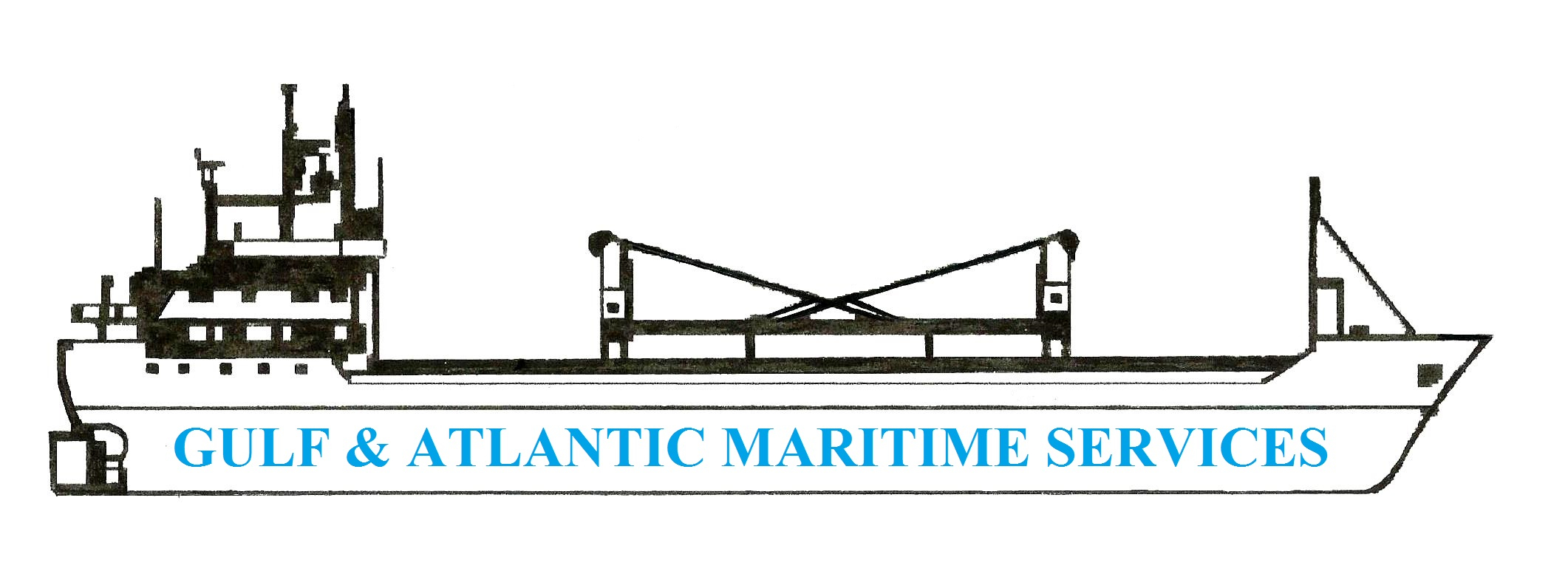Corp of Engineers approves dredging Charleston to 52 feet
/The Army Corps of Engineers has given its official stamp of approval to deepening Charleston Harbor to 52 feet.
Lt. Col. Matthew Luzzatto, commander and district engineer with the Charleston District, announced at today’s S.C. International Trade Conference on the Isle of Palms that the Chief’s Report for the Post-45 Harbor Deepening Project has been signed, clearing a major regulatory hurdle.
The report, by Lt. Gen. Thomas Bostick, commanding general of the Army Corps, outlines the recommendation to deepen Charleston Harbor’s channel to 52 feet and the entrance channel to 54 feet. These deepening recommendations mirror those made in the corps’ Final Integrated Feasibility Report and Environmental Impact Statement.
The Chief’s Report will next be reviewed by the Secretary of the Army’s office and the Office of Management and Budget before going to Congress for review and authorization, which will likely happen early next year.
If approved and fully funded, Charleston Harbor will be on schedule to be deepened by the end of the decade, according to S.C. State Ports Authority President and CEO Jim Newsome.
Bigger ships are expected to flood East Coast ports with the completion of the Panama Canal expansion and the raising of the Bayonne Bridge that connects New Jersey and New York.
Charleston Harbor’s basins need to be enlarged and deepened to accommodate the massive post-Panamax ships that are already calling on the ports authority’s terminals. Larger channels will also enable two-way traffic, Luzzatto said.
Newsome has pushed for a deeper harbor for years so the port can remain competitive and grow its cargo base.
“This depth advantage will provide our customers with 24-hour access to deep water, a requirement for significant long-term volume growth in today’s big-ship environment,” Newsome said in a statement. “We are grateful for the expertise and leadership of our partners, the U.S. Army Corps of Engineers, who deliver today’s news just four years after we began the deepening process.”
The Chief’s Report also outlines mitigation plans to compensate for environmental damage caused by dredging: To mitigate damage to 324 acres of wetlands, around 1,150 acres will be protected in the Francis Marion National Forest, and to mitigate damage to the hard bottom habitat, eight artificial reefs will be constructed.
This is the first project to go through the Army Corps’ streamlined planning process from start to finish. The deepening project timeline was reduced from eight years to three, and costs are down from $19 million to $11.75 million, Luzzatto said.
Funding, timelines
Barbara Melvin, senior vice president of external affairs for the ports authority, and Brian Williams, the Charleston District’s chief of programs and civil project management, led much of the project.
The Preconstruction Engineering and Design phase received $1.3 million in federal funding in July, enabling the Army Corps to proceed with work on project design and construction contract documents before Congress gave final approval. That phase is the final major planning step before dredging work can begin.
The estimated cost of the deepening project is around $509 million, though that cost could change during the design and construction phases, Melvin said.
The federal government’s share is about $166 million, and the state’s portion is around $343 million. The state set side $300 million for the project in 2012 and that has gained at least $7 million in interest in the years since, Melvin said
“I think we’re going to be just fine and we will know more as we go along,” Melvin said of the roughly $36 million still needed from the state. “We have stayed in touch with our governor and our leadership over this. Everybody is aware of where we are and what the funding is right now.”
In a statement, U.S. Sen. Lindsey Graham said the state delegation will now push for the funding and authorization needed to complete the deepening project.
“I realize that jobs, both today and in the future, are at stake with this project,” Graham said. “Our economic future and the livelihood of thousands of people in the Palmetto State depend on getting this project done.”
Reach staff writer Liz Segrist at 843-849-3119 or @lizsegrist on Twitter.

